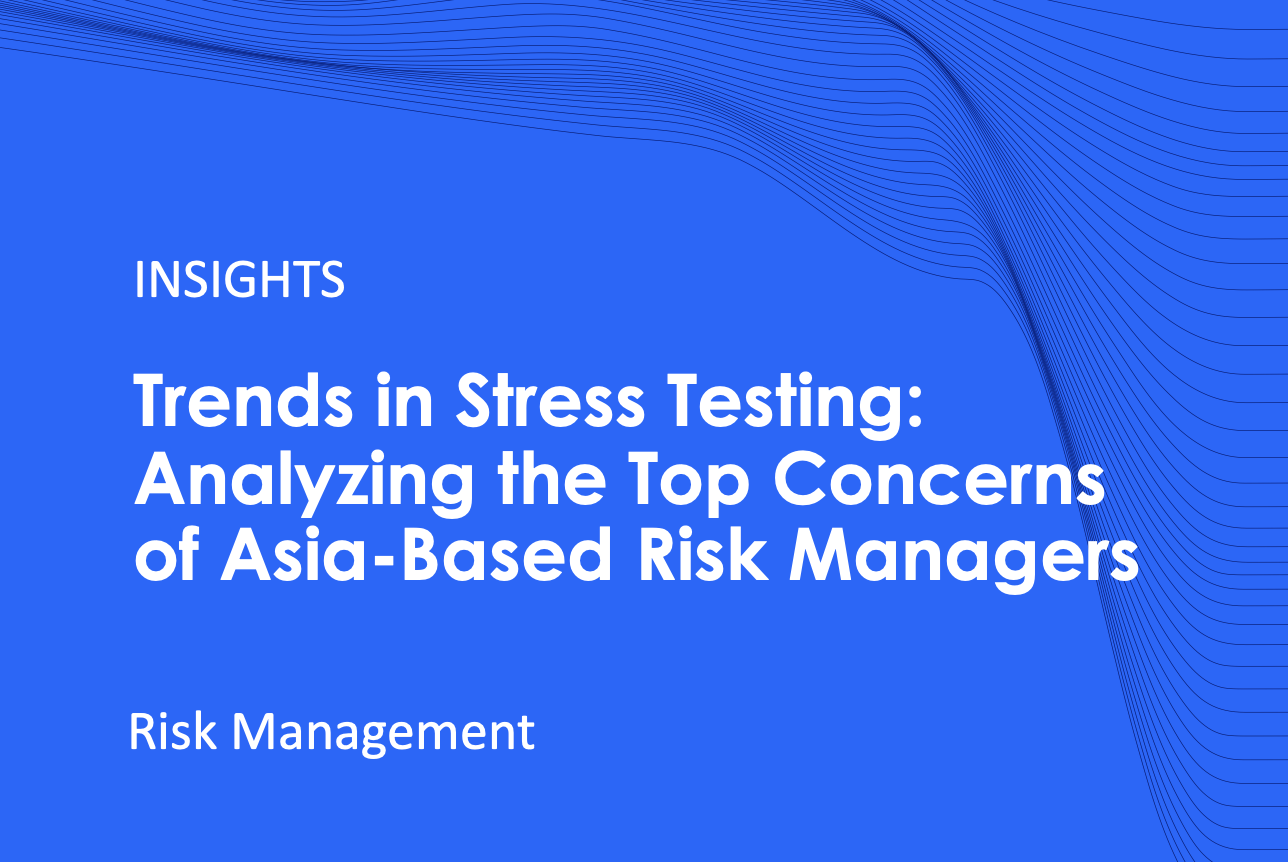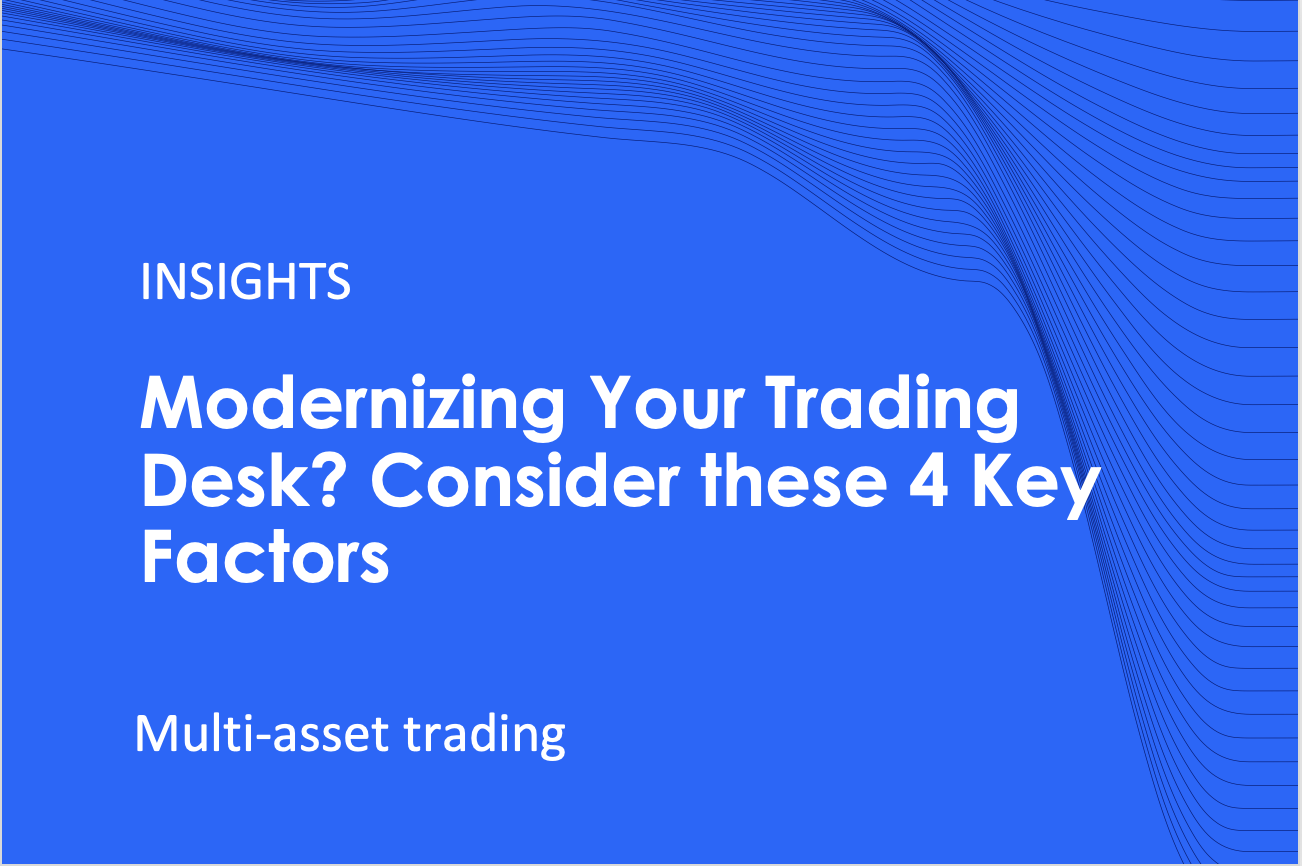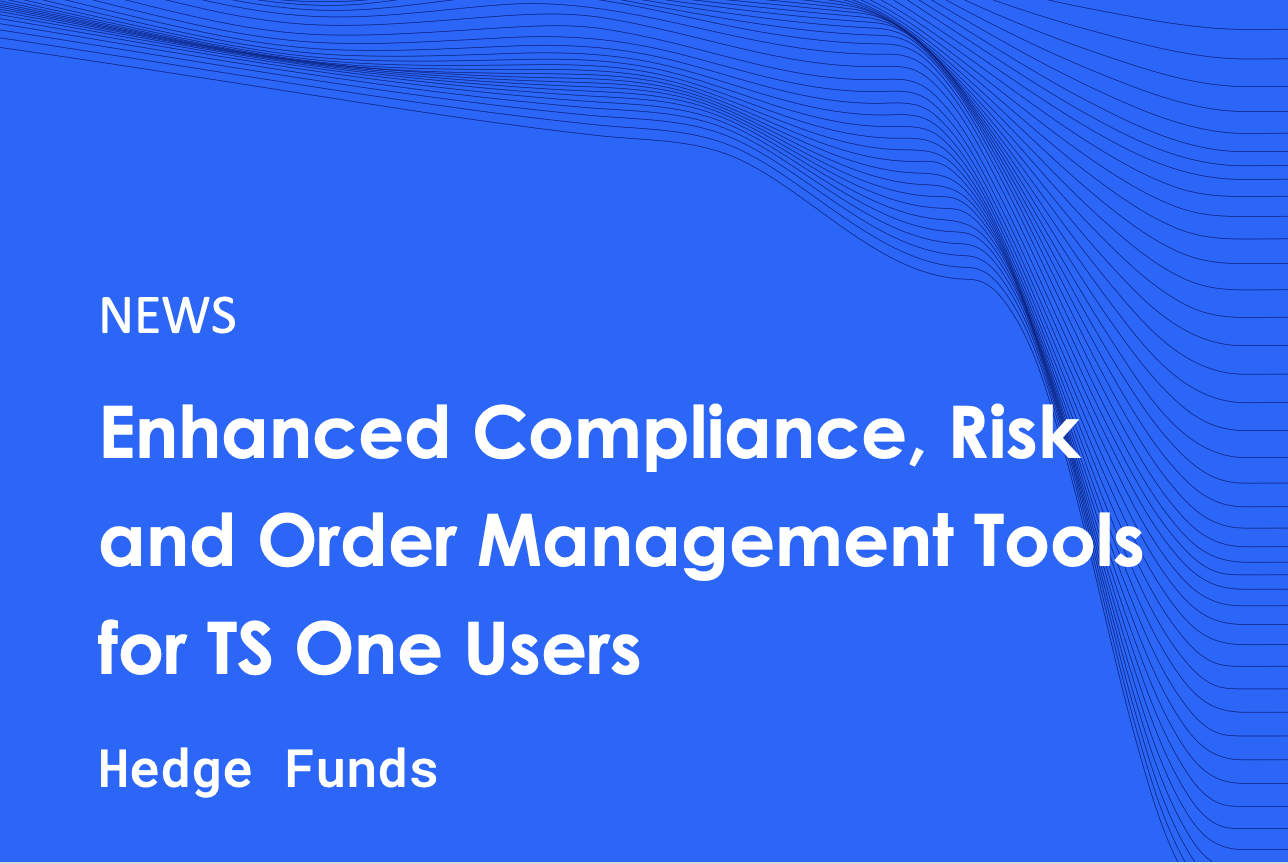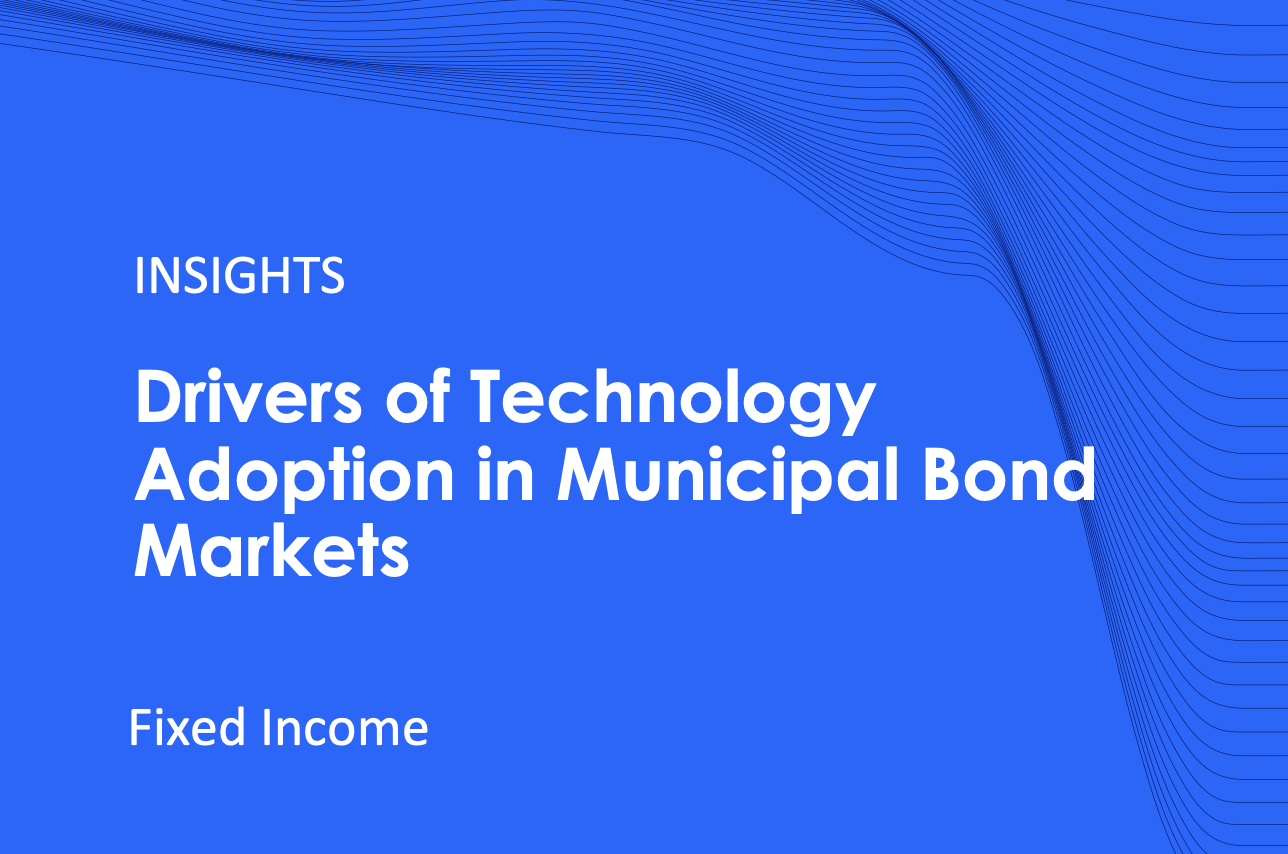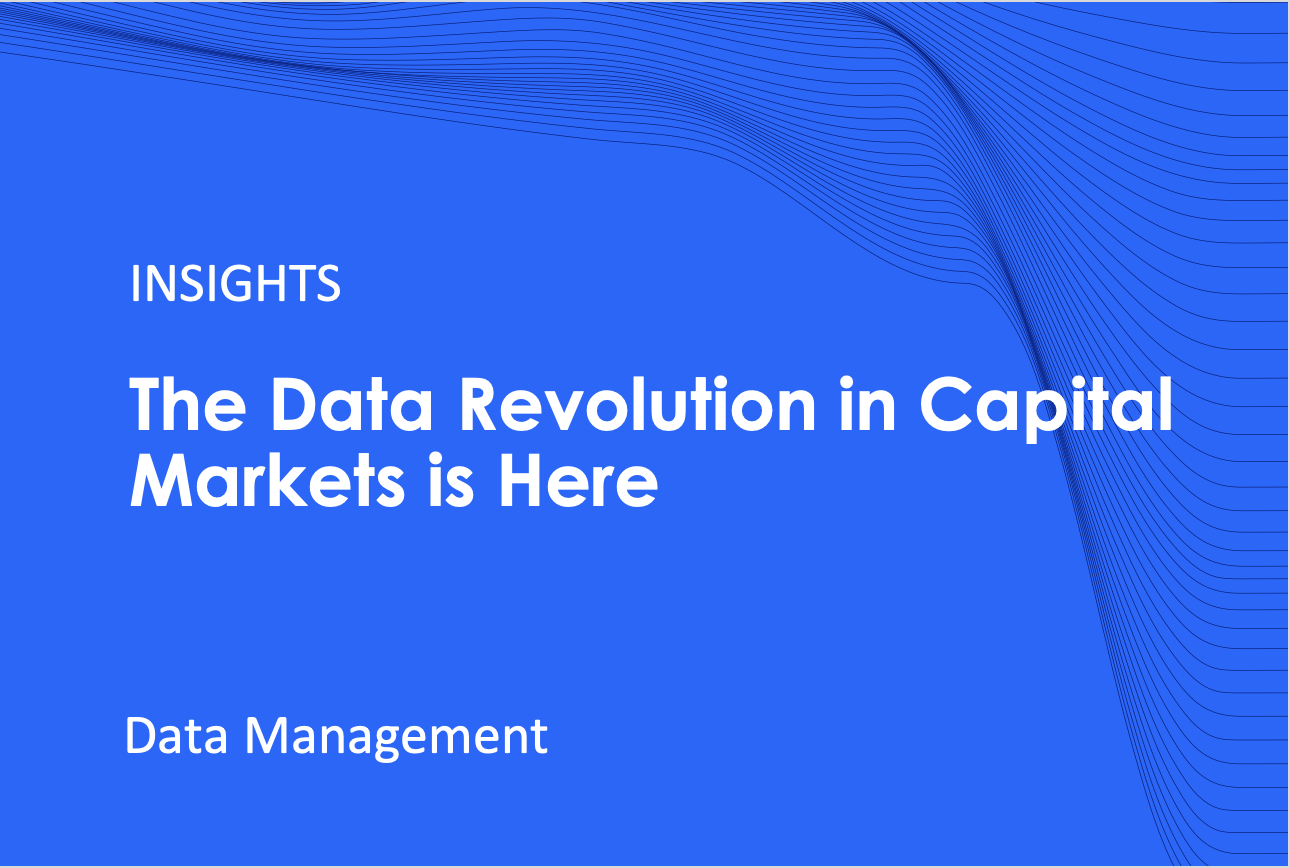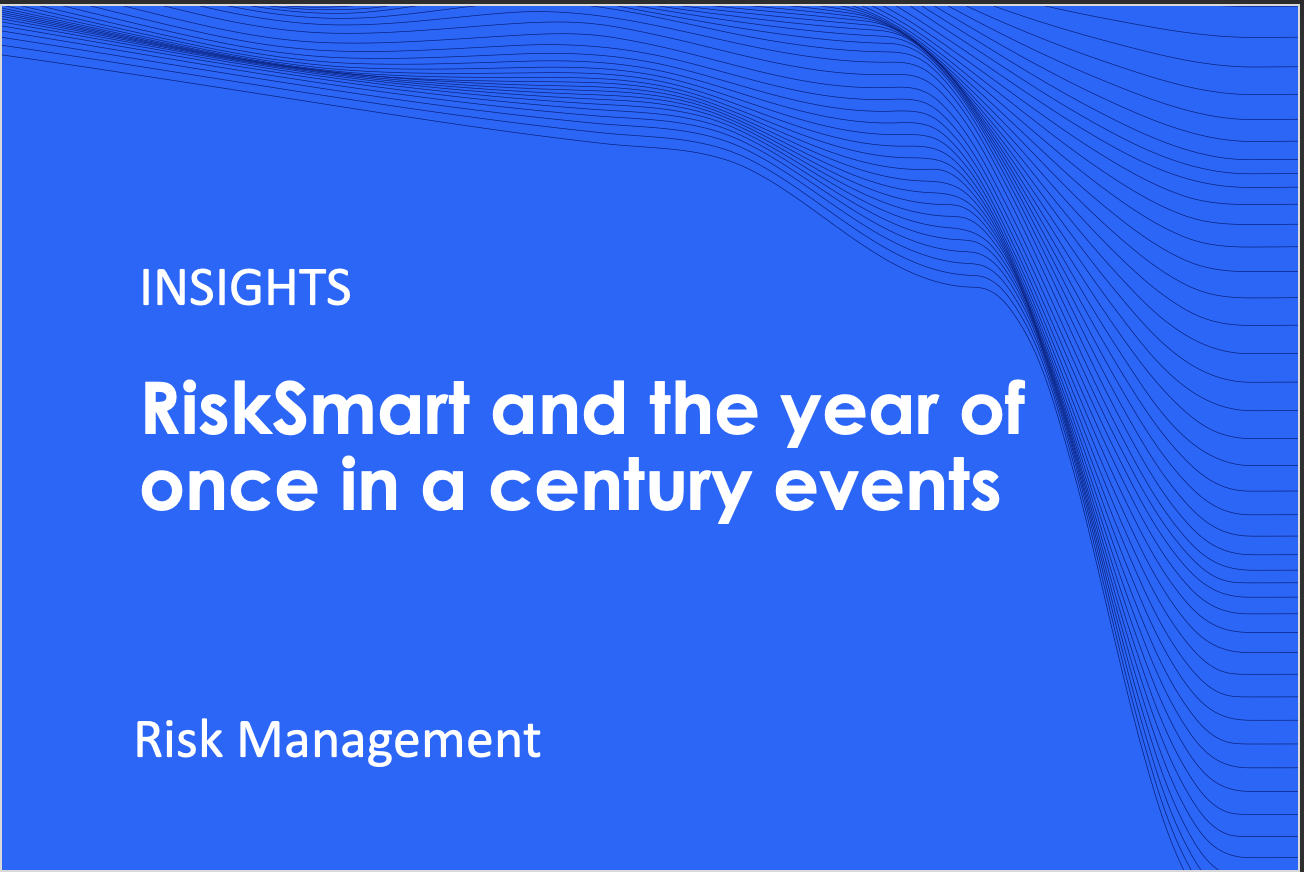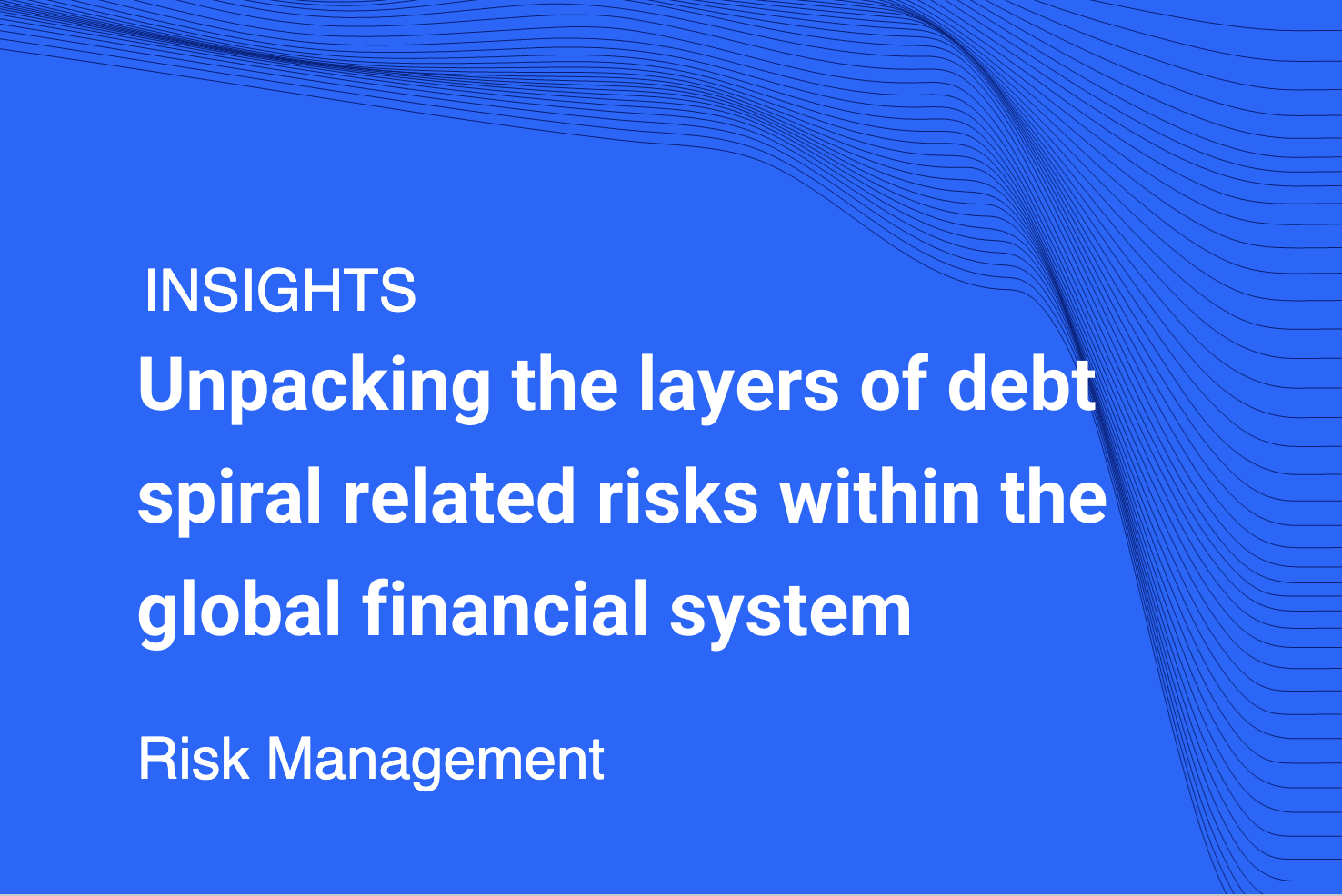Future historians will come to see 2022 as a year of extremes and one of the most consequential years for markets in a turbulent decade. Trading desks working across asset classes and around the world have been put to the test, navigating what would once have been described as once-in-a-generation market events.
As we emerged from Covid lockdowns, the sugar high that drove the ‘everything rally’ came to an abrupt end, with widespread supply chain issues leading to persistent inflation and robust responses from central banks, as well as heightened geopolitical risk – sending shockwaves through global markets. In equities we have seen a decade-long bull run fizzle out, fixed income markets have been characterized by the influx of huge volumes triggered by a flight to safety, FX has been dominated by the strength of the dollar and crypto has been shaken by the collapse of FTX and Three Arrows Capital.
What has become clear is that extremes are now the norm and trading desks are growing to be defined by how they navigate these conditions. As well as being acutely aware of the risks, for the active trader there is of course money to be made – those who are able to draw on the right strategies, with the right tools and access to liquidity have thrived, while those who have not, have been left frustrated… or worse.
2022 has taught us that regardless of the calibre of global investment firms, if under the hood their technology is not equipped to keep pace with rapidly changing markets, they will likely fall behind. As a pivotal year comes to a close, it is time to reflect on the lessons of the past year but also look ahead and put our learnings into practice. Here are our three key takeaways from a seminal year:
- Technology: In highly digitized and unpredictable markets, trading strategies alone are not enough to set firms apart. Technology, as the means of rapidly navigating complex market conditions, has emerged as a kingmaker – enabling traders and desks to respond quickly to markets as situations evolve. Having trading tools powerful enough to allow talented traders at leading firms to move in and out of markets unencumbered is essential. To do this, firms need access to deep pools of liquidity and tools, underpinned by powerful and adaptable technology, to support nimble trading activity.
- Risk: Real-time risk is no longer a nice-to-have, risk is a vital component of any markets business. The past year has made clear that events unravel fast, it is therefore no longer enough to see potential issues after the event. Real-time risk capabilities are essential – spotting icebergs before it’s too late to act and ensuring trading desks are in lockstep with potential issues across complex business operations as they emerge. Powerful risk components have come to the fore as vital pillars, not just for risk teams, but desks and firms as a whole. Underinvestment can be existential.
- Cross-asset capabilities: With extremes being registered across the board, having systems that can handle multiple asset classes – delivering consistent market access, risk capabilities and tools – has become increasingly important. The digitisation of markets across asset classes, including the rapid pace of electronification in fixed income markets – moving away from cumbersome analogue processes – has paved the way for these capabilities. Multi-asset systems are not only essential for handling volumes across complex trading businesses, but they also provide a detailed overview of a business’s overall performance – allowing desks to adjust and balance depending on market conditions. They have become an essential digital partner to investors whose mindsets have shifted to increasingly focus on navigating volatility, attracting inflows and seizing opportunity – helping them to achieve this through an invaluable centralized view of operations.
When planning for 2023, traders will know that the pressures of the past year are unlikely to subside. We are now in a distinct new era defined by higher rates, inflation and persistent volatility. Institutions need their traders to be delivering their full potential to set their business apart. To do this, they cannot be held back by disparate, second-rate legacy technology.
Our technology is built on twenty years of learning – through challenging markets, increasing electronification and greater regulation – designed to best equip traders to take on markets, whatever the conditions. Next year, traders will need to be sure that they are ready for what could be another tumultuous year which will require all the tools at their disposal.
The key lesson from 2022 has been that when there is so much at stake, there is no room to compromise. As traders’ hands remain firmly on the rudder, trading technology will continue to play an increasingly pivotal role for sophisticated investors not only looking to stay afloat, but thrive.


